Nominations are now open until 31 January 2020. Read more.

Nominations are now open until 31 January 2020. Read more.

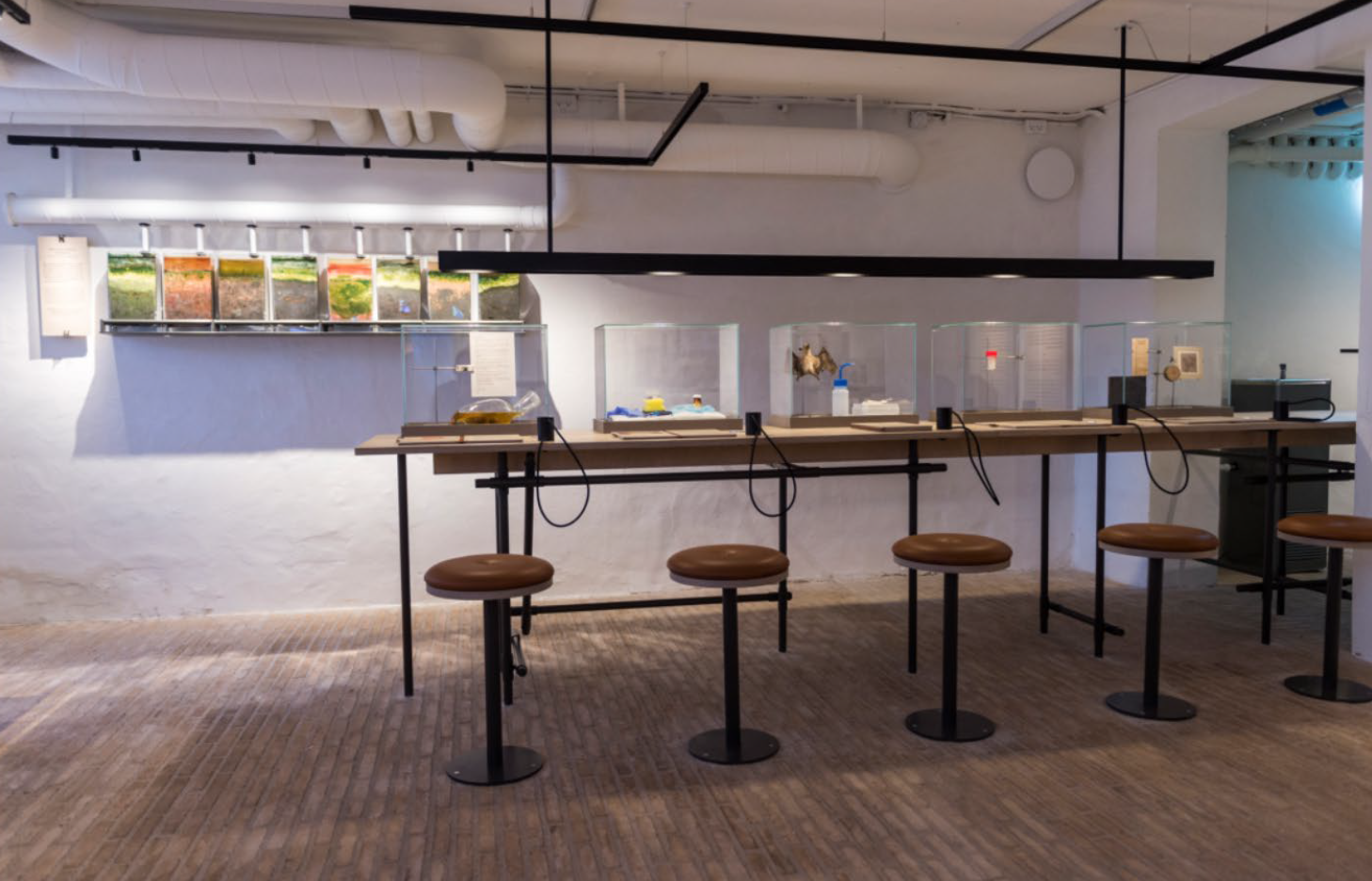
Medical Museion, Denmark
University of Copenhagen Continue reading → “COLLECTION OF THE MONTH: Medical Museion, Copenhagen”
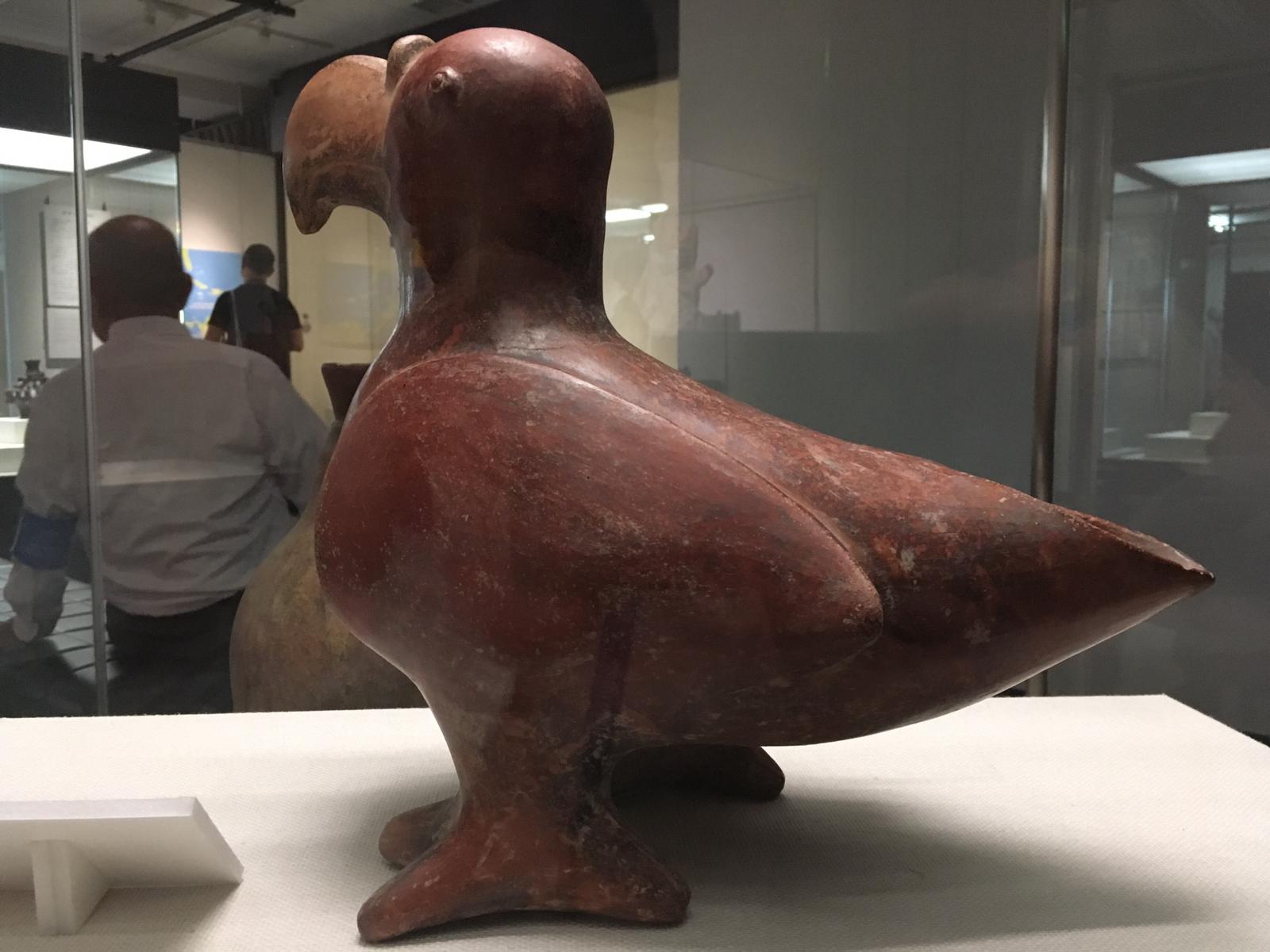
Kyoto University of Foreign Studies (KUFS), Japan
University Museum of Cultures Continue reading → “COLLECTION OF THE MONTH: University Museum of Cultures, Kyoto”
Yesterday, a new UMAC Board was elected during the 19th Annual General Meeting.
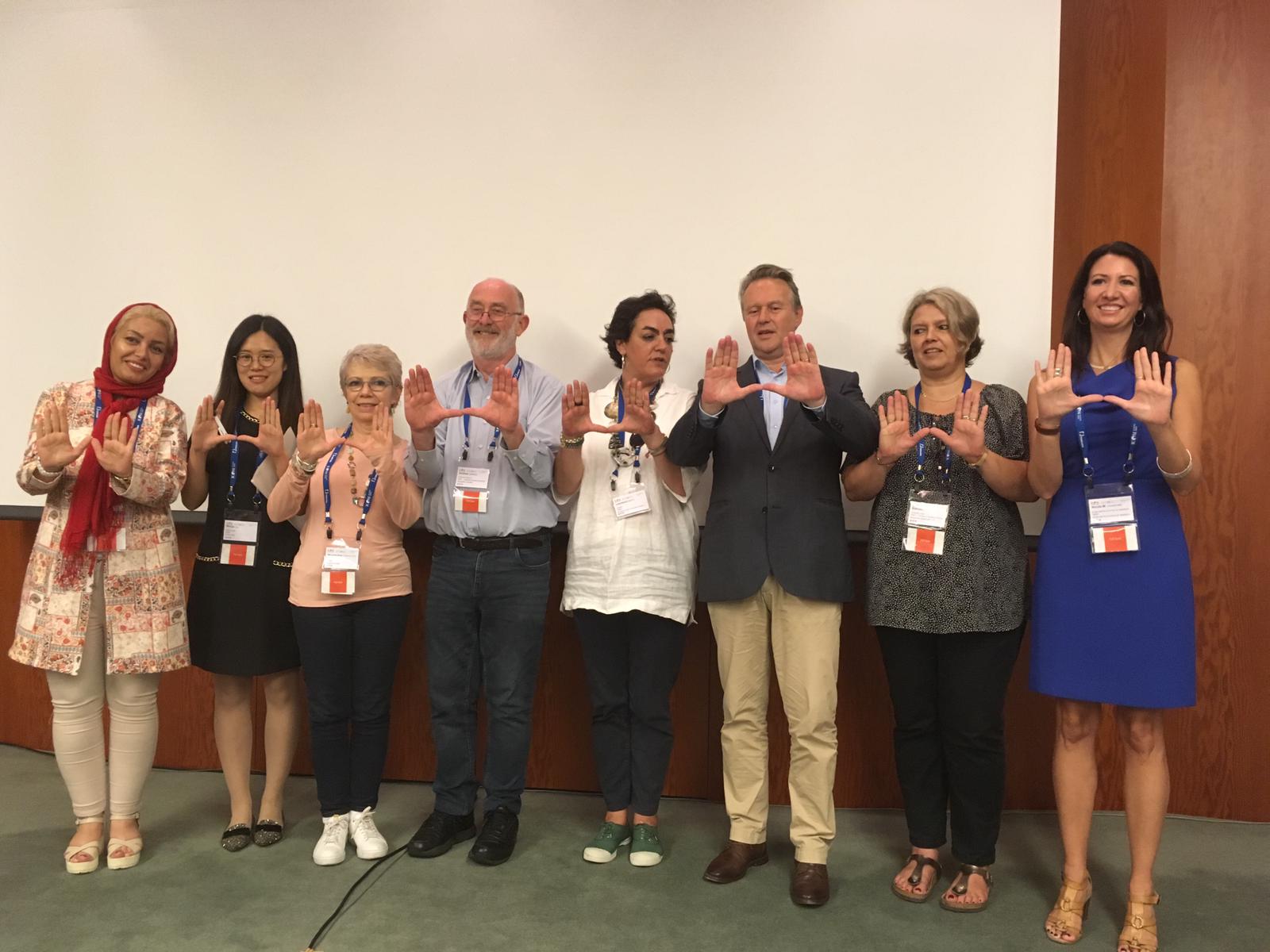
Chair: Marta C. Lourenço, University of Lisbon, Portugal
Vice-Chair: Andrew Simpson, Macquarie University, Australia
Vice-Chair: Steph Scholten, University of Glasgow, UK
Secretary: Wenjia Qiu, Shanghai Jiao Tong University, China
Treasurer: Nathalie Nyst, Université Libre de Bruxelles, Belgium
Ordinary Members: Fatemeh Ahmadi, University of Tehran, Iran; Nicole M. Crawford, University of Wyoming, USA; Margarita Guzmán, Universidad del Rosario, Colombia.
The Board was elected in the most participated UMAC annual general meeting ever and will remain in office until 2022.
The winner of the UMAC Award 2019 was announced yesterday in Kyoto, Japan, by Laishun AN, Vice-President of ICOM, at the 19th Annual General Meeting of UMAC.
The Medical Museion, University of Copenhagen, won the prize with the project MIND THE GUT. Congratulations!
Read the media release here.
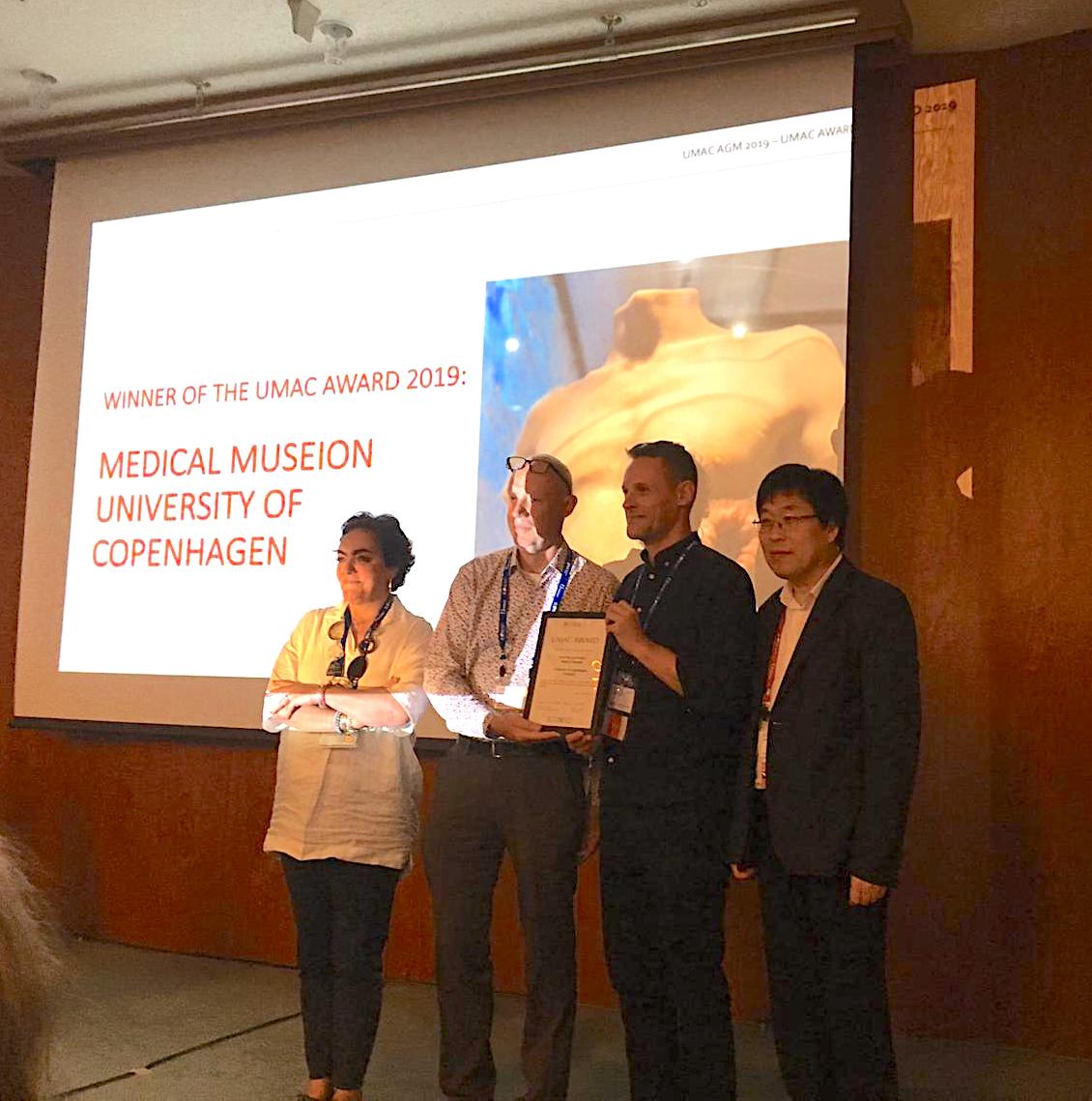
Read the Jury’s evaluation and learn more about the MIND THE GUT project here.
In many conferences, books of abstracts are just part of that immense pile of paper that we trash in the hotel room right before returning home.
With UMAC, it was also like that. Few of us have the abstracts from UMAC 2004 or UMAC 2011.
Until now.

By publishing the Book of Abstracts as an issue of our journal UMACJ – Volume 11, No. 1 – abstracts from the 19th UMAC Annual Conference in Kyoto will remain accessible in our institutional record and be preserved as a resource for research. Moreover, this gives authors the opportunity to have their abstracts referenced and cited in an ISSN peer-review journal.
Read more about this change in the introduction of UMACJ, Vol. 11 No. 1.
The issue was edited by Andrew Simpson, Akiko Fukuno and Hiroshi Minami, with graphic edition of Silvana Arago Telona.
UMAC is developing, in partnership with the University of Electronic Science and Technology of China (Chendgu), an app for iOS and Android based on our World Database of University Museums and Collections.
See here some preliminary screenshots:
The aim is to make basic information about your museum, collection, botanic garden, science center, archive, library, etc, accessible for free in everyone’s phone so it can be can be even more visible and more visited.
But for that to happen, your museum or collection needs to be in the database and the information should be up-to-date.
Until 7 September 2019, UMAC is asking for university museums and collections around the world to upload updated information to our database in order to be included in the UMAC app pilot.
It’s easy. Here’s what you have to do:
1. Go to the UMAC World Database and search for your museum or collection.
2. If it’s there, check the information, particularly Opening Hours, Location (the map) and links. Insert any changes by pressing EDIT RECORD. Save your changes. Send a couple of nice photos (max. 2 M, with a very short caption and credits, preferably horizontal to mclourenco@museus.ulisboa.pt). And that’s it.
3. If it’s not there, press PARTICIPATE (left side menu) and CONTRIBUTE NEW COLLECTION. Follow the instructions. Then, send a couple of nice photos (max. 2 M, with very short caption and credits, preferably horizontal to mclourenco@museus.ulisboa.pt). Also that’s it.
4. No personal information (names or emails) will appear in the UMAC app.
5. If you have questions, find wrong or unreliable information (e.g. a museum or collection that no longer exists, was merged, etc), please email mclourenco@museus.ulisboa.pt.
The UMAC app is being developed by the Electronic Science and Technology Museum, University of Electronic Science and Technology of China, Chengdu, under the coordination of Dr. Zhao Ke.
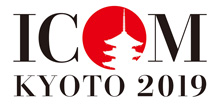
The program for the 19th UMAC Annual Conference in Kyoto was just published and can be accessed here.
If you are presenting a paper (oral or poster), or just participating, make sure you read our Useful Information section. It has everything you need — from guidelines to speakers, instructions for posters, how to find your way in Kyoto, maps of the conference locations, and much more.
Safe travels and see you in Kyoto!
In fact, two new museum definitions.
Following a long public debate, ICOM’s standing committee on Museum Definition, Prospects and Potentials (MDPP) has proposed two new museum definitions to the Executive Board of ICOM, which will be voted next September in Kyoto.
Read more here.
And here they are, the two definitions:
DEFINITION 1
Museums are democratising, inclusive and polyphonic spaces for critical dialogue about the pasts and the futures. Acknowledging and addressing the conflicts and challenges of the present, they hold artefacts and specimens in trust for society, safeguard diverse memories for future generations and guarantee equal rights and equal access to heritage for all people.
DEFINITION 2
Museums are not for profit. They are participatory and transparent, and work in active partnership with and for diverse communities to collect, preserve, research, interpret, exhibit, and enhance understandings of the world, aiming to contribute to human dignity and social justice, global equality and planetary well being.
A new museum definition was always likely to be controversial and this announcement is generating considerable debate.
UMAC is still debating how to vote in Kyoto, in any case at this point we are joining those who say that more internal debate is needed.
Read here a brief speech by the UMAC Chair on the importance of the museum definition for university museums, Milan, 8 July.
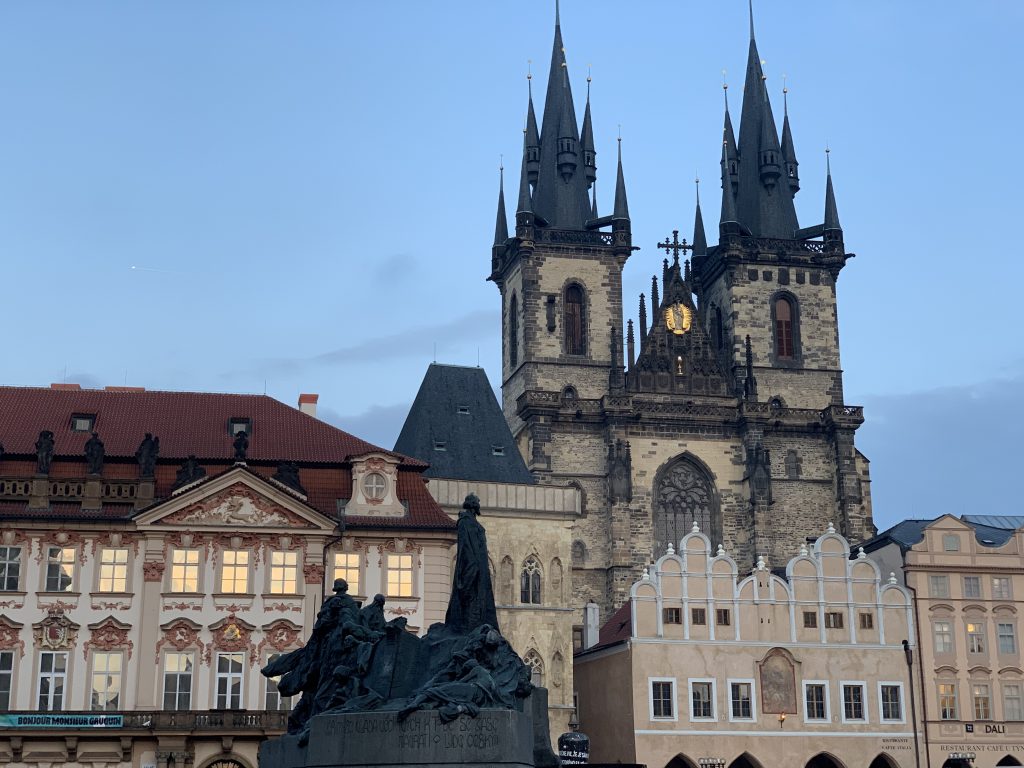
From ICOM:
Following the Advisory Council’s vote on the host city for the ICOM General Conference 2022 last June, ICOM and its National Committee in Egypt had started to prepare for the 26th ICOM General Conference in Alexandria. Both parties strived to meet the conditions and requirements for hosting the ICOM General Conference, an event which often attracts more than 3,000 participants and includes 150 sessions and workshops. The General Conference in Alexandria in 2022 was to be the first one in an African and Arab country. Alexandria, as home to the ancient and modern “biblioteca” would have been an attractive venue.
However, after ten months of preparation, ICOM received a letter from the Governor of Alexandria and e-mails from the National Committee ICOM Egypt, both stating that they are not able to organise the General Conference 2022 in Alexandria. The ICOM Executive Board had therefore no option – much to its regret – but to accept this decision and to cease the process.
As the city of Prague, Czech Republic, was the second candidate favoured by the Advisory Council, the ICOM Executive Board therefore took the decision to mandate its National Committee in the Czech Republic to organise the 26th ICOM General Conference in Prague. ICOM Czech Republic has now established an Organising Committee that has begun to work with partners on all levels from local to national and international. ICOM looks forward with pleasure and confidence to holding its General Conference in the Czech capital in 2022.